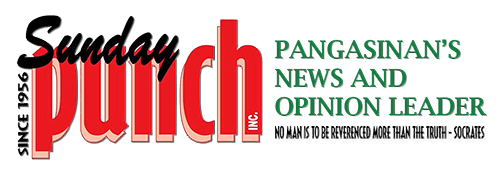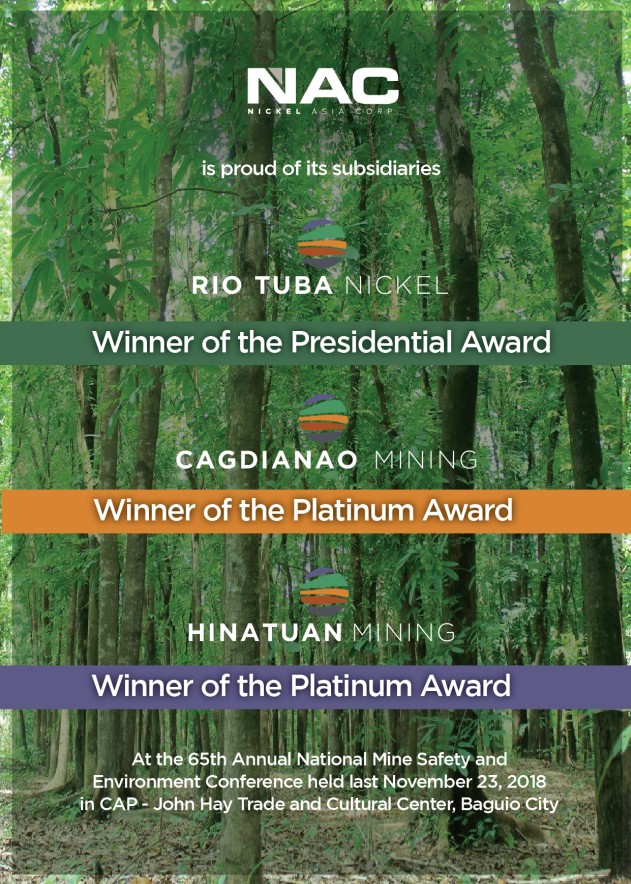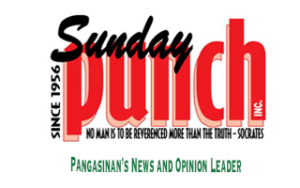The Elegance of Old Languages
 By Farah G. Decano
By Farah G. Decano
THE popularity of shows like Encantadia Chronicles and the classic Maria Clara at Ibarra on GMA TV is good for our culture. It is not just entertainment but education for younger Filipinos on the rich, traditional form of our language. The old Filipino, with its archaic grammar and elegant phrasing, have a musical quality which captivates people like me.
Today’s Filipino, with its heavy use of “Tagalized” English words, is a direct result of our interconnected world. As we interact more with populations from different cultures, our language naturally evolves. Indeed, every generation develops its own unique linguistic fingerprint.
This rapid evolution is not exclusive to us. The English language has also undergone
significant changes throughout its history, though perhaps at a slower pace. But unlike English, we often blend Filipino and English sentences to make our points more accessible to a wider audience – from the masa to the alta.
This practice is visible everywhere – from newspaper columns to social media posts of government leaders. This writer, for example, often uses a Filipino sentence to highlight a point. Notice that this is not the same as the use of notorious Taglish, where an English word is simply inserted into a Filipino sentence. A famous example is Senator Imee Marcos’s line, “To patol is human, to dedma is divine,” which feels immature and pretentious. This statement embodies the very essence of Taglish that many find disdainful.
It has become increasingly rare to hear
people speak in straight, unadulterated English or Filipino. It would seem that the use of either language in its pure form has been reserved for academic settings or very formal occasions alone. Even FM radio stations that once broadcast mostly in English have disappeared over the horizon. May GMA TV continue to produce shows that remind Filipinos of the beauty and elegance of their own language.
* * * *
As a native speaker, I am disheartened by how the Pangasinan language is often portrayed online. I grew up speaking Pangasinan with other Pangasinan people in Pangasinan. We are, after all, the only people in the country who use the same name for our language, our people, and our province.
Some video bloggers use Pangasinan on platforms like TikTok and Facebook Reels in a manner that is particularly galling. They speak as if they are constantly engaged in verbal tussle and often come across as threatening. Their exaggeratedly stiff pronunciations make them sound unmistakably phony and without any breeding.
I have attended Catholic masses and Methodist services where the intonation and cadence of Pangasinan were elegant and refined. I have interacted with thousands of Pangasinan in my five decades of existence, and at no time have I heard them sound like these vloggers. The only exception is when I hear friends mimic thugs in jest.
Our language deserves better representation. And it is my hope that more digital content creators will start using conversational Pangasinan that is authentic and dignified. The current trend is nothing to be proud of and does a disservice to the beauty and grace of our inherited language.






